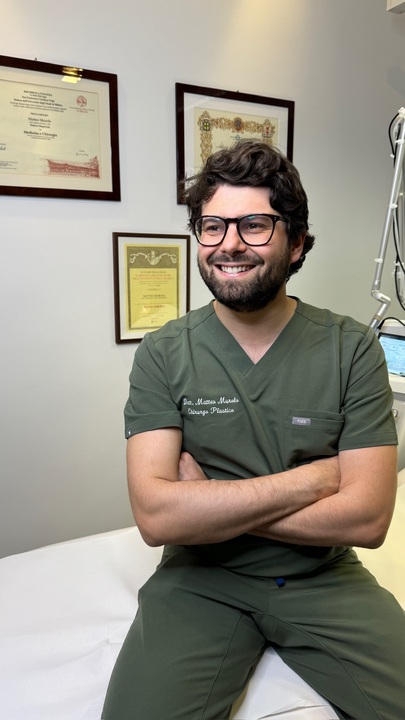Medical doctors and Surgeons
Aesthetic surgery: choosing the right procedure and what to expect
In the landscape of aesthetic surgery, breast procedures are among the most requested worldwide. Specifically, mastopexy and breast reduction are the most popular surgeries for women, catering to different needs.
«Breast surgery is currently the second most common aesthetic surgery globally, with nearly 2 million procedures performed annually – says Dr. Matteo Murolo, a plastic surgeon specialising in plastic, aesthetic, and reconstructive surgery at the MultiMedica Group hospitals in Milan and in private practice at Clinica Forma and Juneco -. In Italy, breast aesthetic surgery ranks first among aesthetic procedures, with about 80,000 procedures annually. Half of which involve breast augmentation. Breast enlargement continues to be the most popular surgery, and it is estimated to grow by 5% annually in the coming years».
Breast reduction surgery has made significant advancements in recent years. Current techniques aim to refine these procedures, making them increasingly efficient and effective. However, regardless of the method, patients are primarily concerned with the scarring. «Most techniques involve a vertical scar around the areola. It connects the areola to the inframammary fold, and in some cases, extends along the fold under the breast. The choice of technique depends on the size of the breast being treated», Murolo explains.
Aesthetic surgery in response to functional needs
Choosing to undergo these procedures not only serves an aesthetic purpose but also addresses functional needs. Depending on the size of the breast, various physical discomforts can arise, such as cervical spine issues, indentation from bra straps, or constant irritation in the inframammary fold caused by sweat, all of which can severely affect a patient’s quality of life.

«The ideal candidate for a mastopexy is a patient with breast ptosis. It is a condition that can be physiological or caused by factors like pregnancy or rapid weight loss, leading to a drop in the nipple-areola complex below the inframammary fold», the Doctor explains.
There are different degrees of ptosis: first, second, third, and fourth degree. «There’s also an intermediate condition called pseudoptosis where the nipple-areola complex remains in its physiological position. However the lower part of the breast has developed and extends below the inframammary fold – continues Murolo -. It is clear that the technique used to correct this type of problem heavily depends on the degree of breast drooping». Depending on the level of ptosis, the appropriate correction technique is chosen. Ranging from a periareolar scar to more complex ones.
Another important consideration is the possibility of inserting a breast implant during mastopexy. In these cases, the combined procedure is called “mastopexy with implants”. It’s a suitable option for those who want to both lift and increase the volume of their breasts.
Advances in breast surgery
Breast surgery has benefited from significant advancements in both surgical techniques and materials. The latter, being softer and more durable, offer a more natural look and feel, along with the ability to create microscopic scars.
One aspect to consider is managing the expectations of those undergoing aesthetic surgery. «We live in the age of social media, and patients are bombarded with these beautiful cases, sometimes near-perfect, but reality isn’t like that», the Doctor reminds us.

Patients requesting these procedures are becoming younger, sometimes minors accompanied by their parents for lip or cheek fillers. However, on this topic, Dr. Murolo takes a clear stance: «In my practice, I don’t feel comfortable treating a minor unless there is a valid reason. These procedures are not life-saving, so if the legal age is 18, in my opinion, they should wait until they’re 18, then they can do whatever they want».
It is essential that patients are fully aware of what they are getting into, including the post-operative consequences. For this reason, a series of pre-operative exams are conducted to assess the patient’s health, ensuring everything is done safely.




































